Silent Suffering
It’s the 10th-leading cause of death, but you’ll almost never see it mentioned in an obituary.
It kills as many people as breast cancer nationally, but it’s not recognizable by a ribbon or race.
In Ohio, it claims a life every seven hours.
Experts say this is 100 percent preventable. We can stop these deaths.
But we haven’t.
PART 1 | The stigma
It’s the 10th-leading cause of death, but you’ll almost never see it mentioned in an obituary.
It kills as many people as breast cancer nationally, but it’s not recognizable by a ribbon or race.
In Ohio, it claims a life every seven hours.
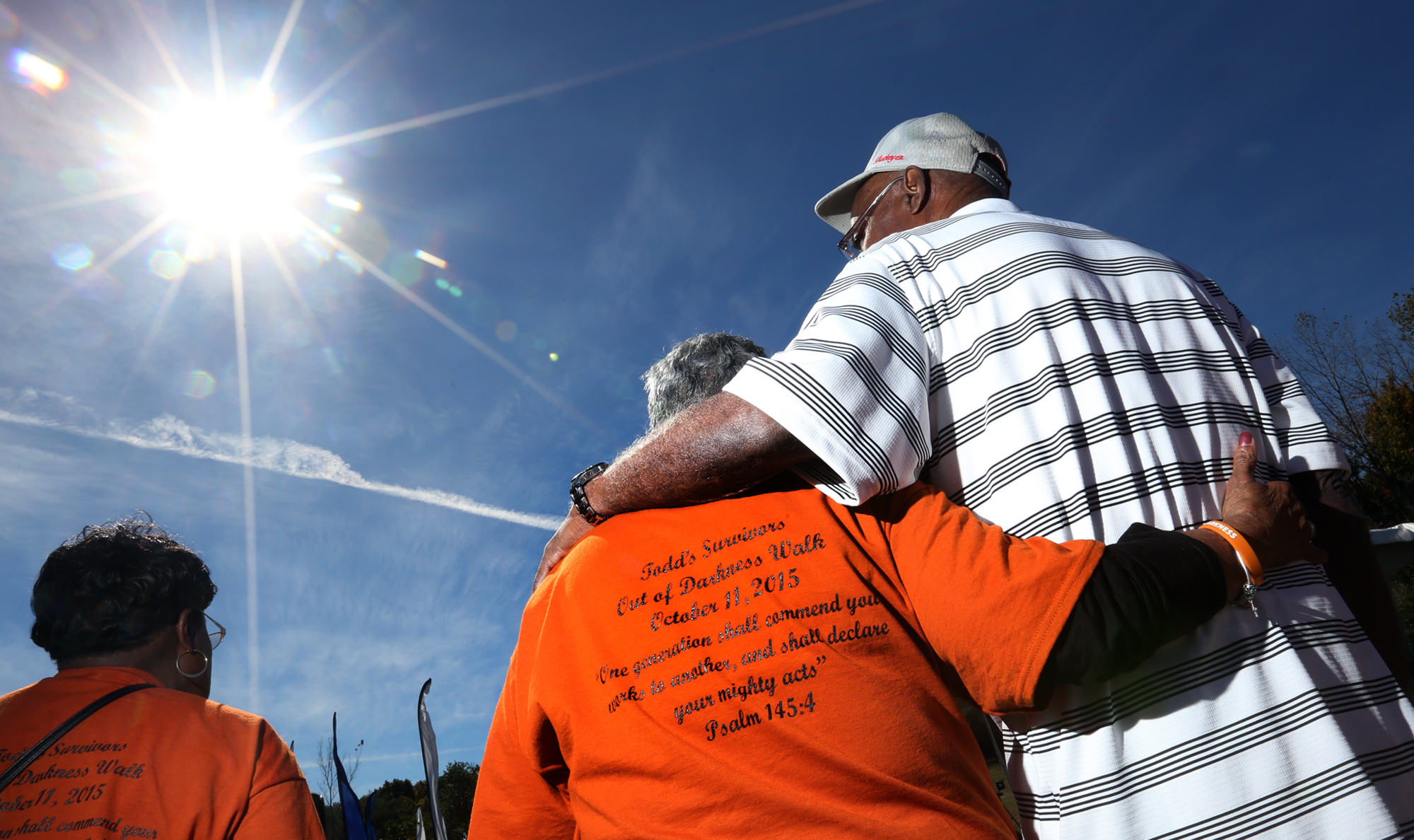
PART 2 | The system
Amy Luxenburger rested her head on her mother's shoulder in the back seat of the car, suspended somewhere between reality and the illness that imprisoned her mind. She stared at the birds outside.
"It's so hard to pretend I'm normal," she said. "It's so hard trying to pretend I'm not crazy."
It was the first time Jill Feather had heard her 27-year-old daughter say what they all knew: Amy needed help. For a moment, Feather was relieved.
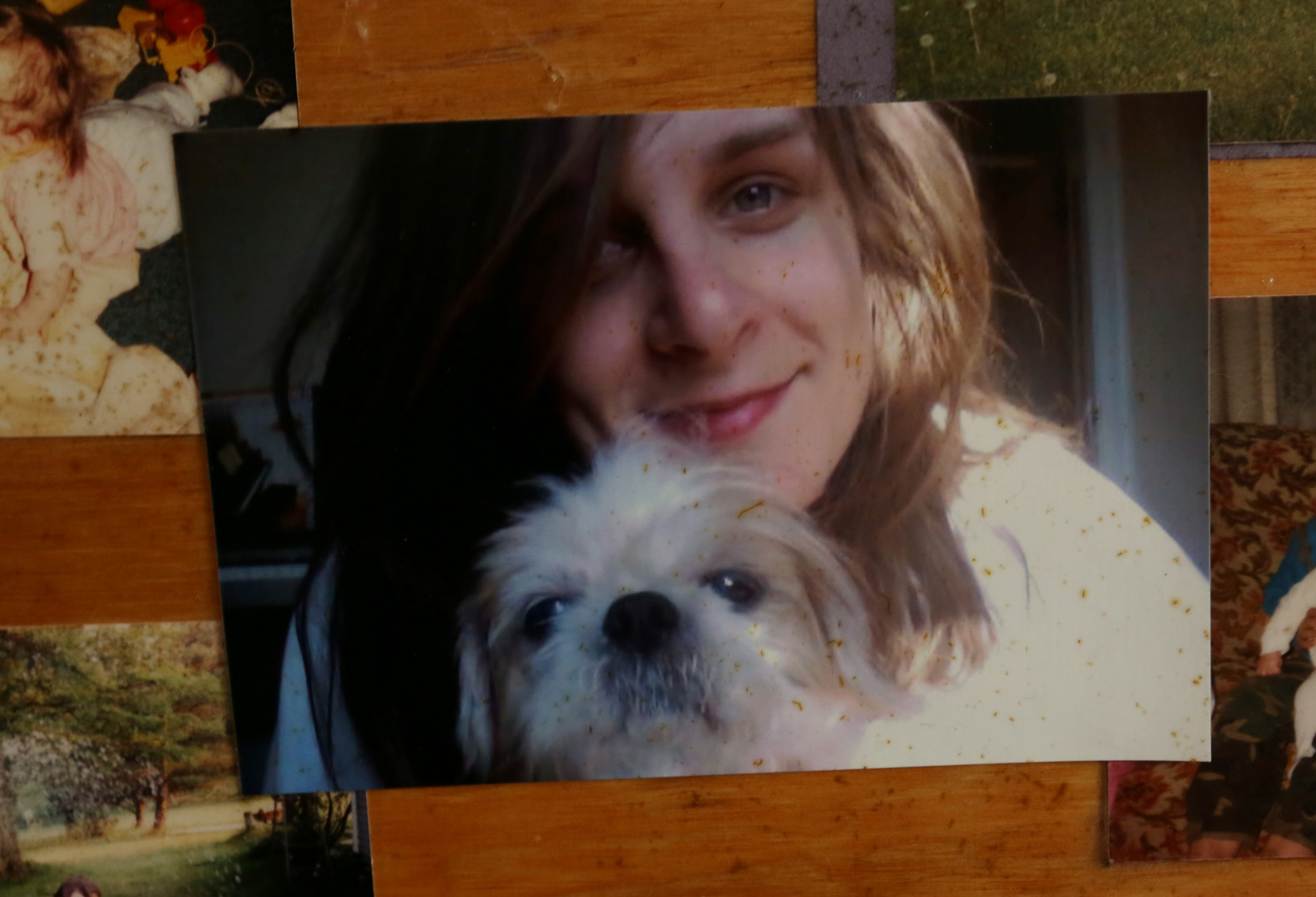
Debbie Sizemore begged emergency-department doctors to reconsider. But they said her delusional husband wasn’t a threat, not to her or anyone.
Go home, they said.
The next day, Sizemore found 56-year-old Randy crouched like a warrior, sword in hand, fighting the zombies on his TV. He glanced at his wife.
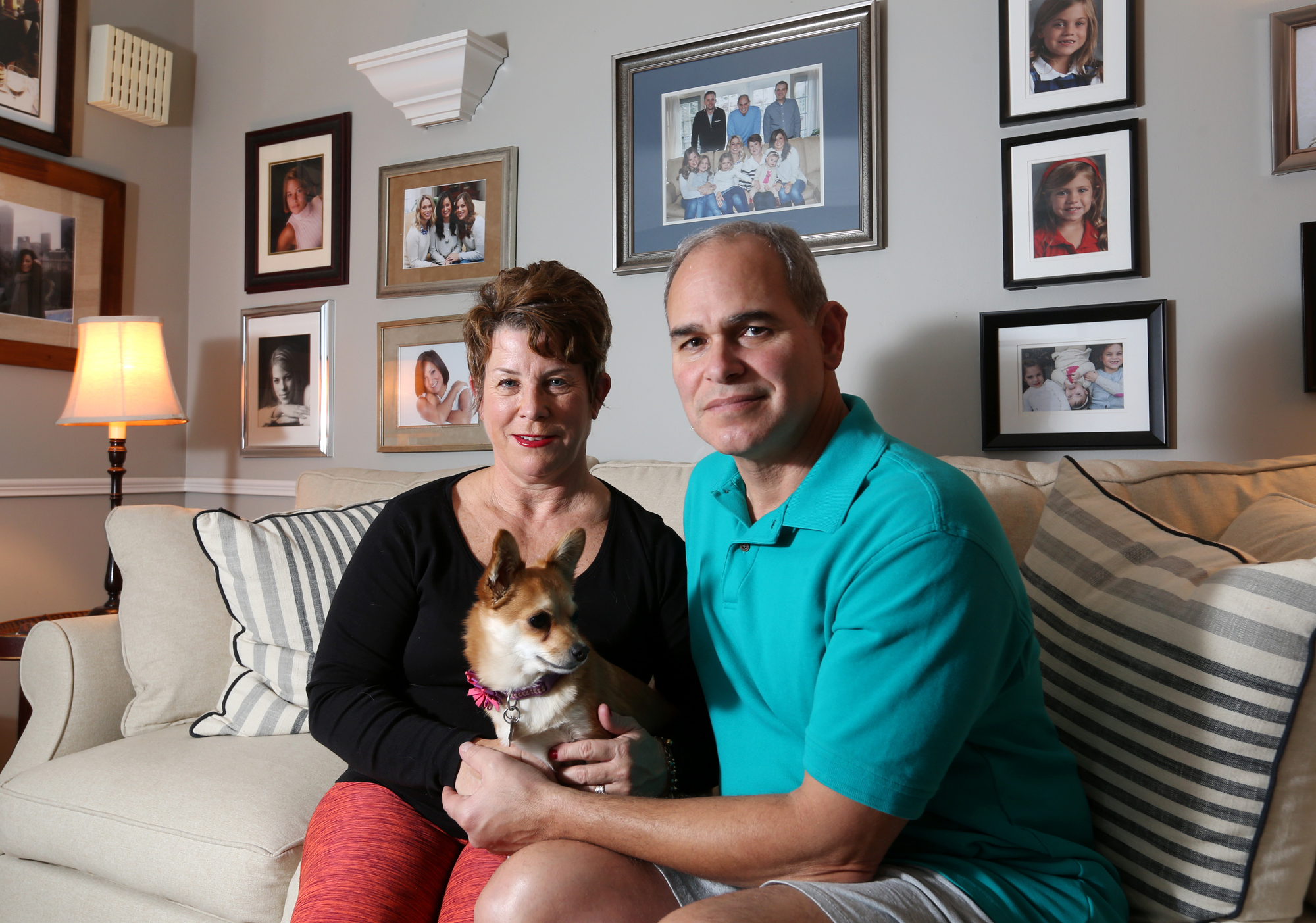
PART 3 | The causes
Dale Earl left behind a hasty note, a length of chicken scratch his stunned family struggled to decipher.
Dale was in pain; that much was clear. He believed that he was doing poorly at work, that he was too heavy, too much in debt. The jovial 44-year-old who called everyone “buddy” had been planning to kill himself for six months, but something held him back.
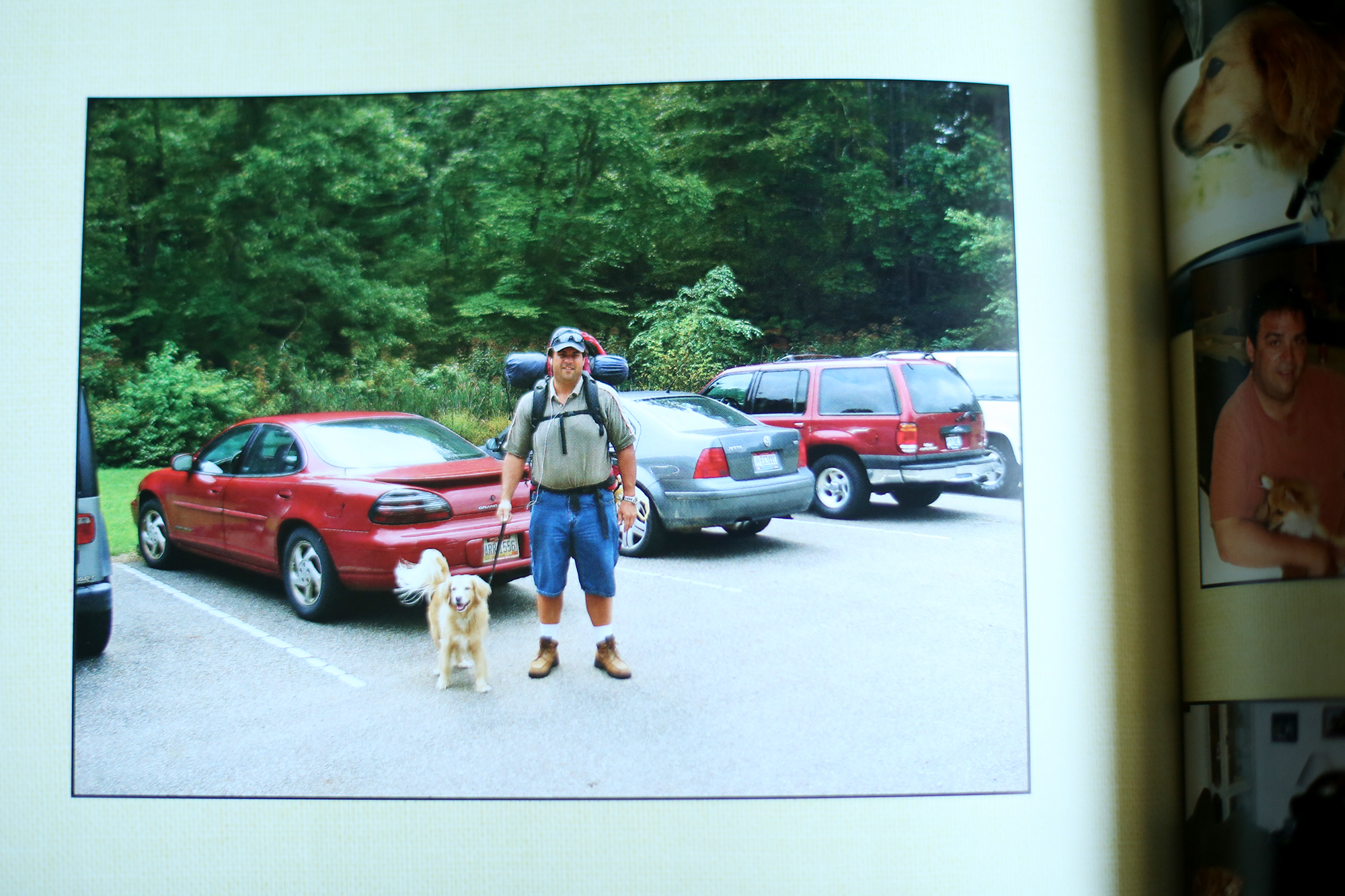
PART 4 | The myths
Richard Miller grabbed a loaded gun and headed to the river near his parents’ house. He was going to die. This time, there was no doubt.
“I knew I would pull the trigger,” he said. “I was done.”
It would be the end of a life of pain, of violence and molestation, of drugs and prostitution, of a troubled kid set loose on the streets at 14. Miller the boy wanted a hug. Instead, he got thrown through a wall.
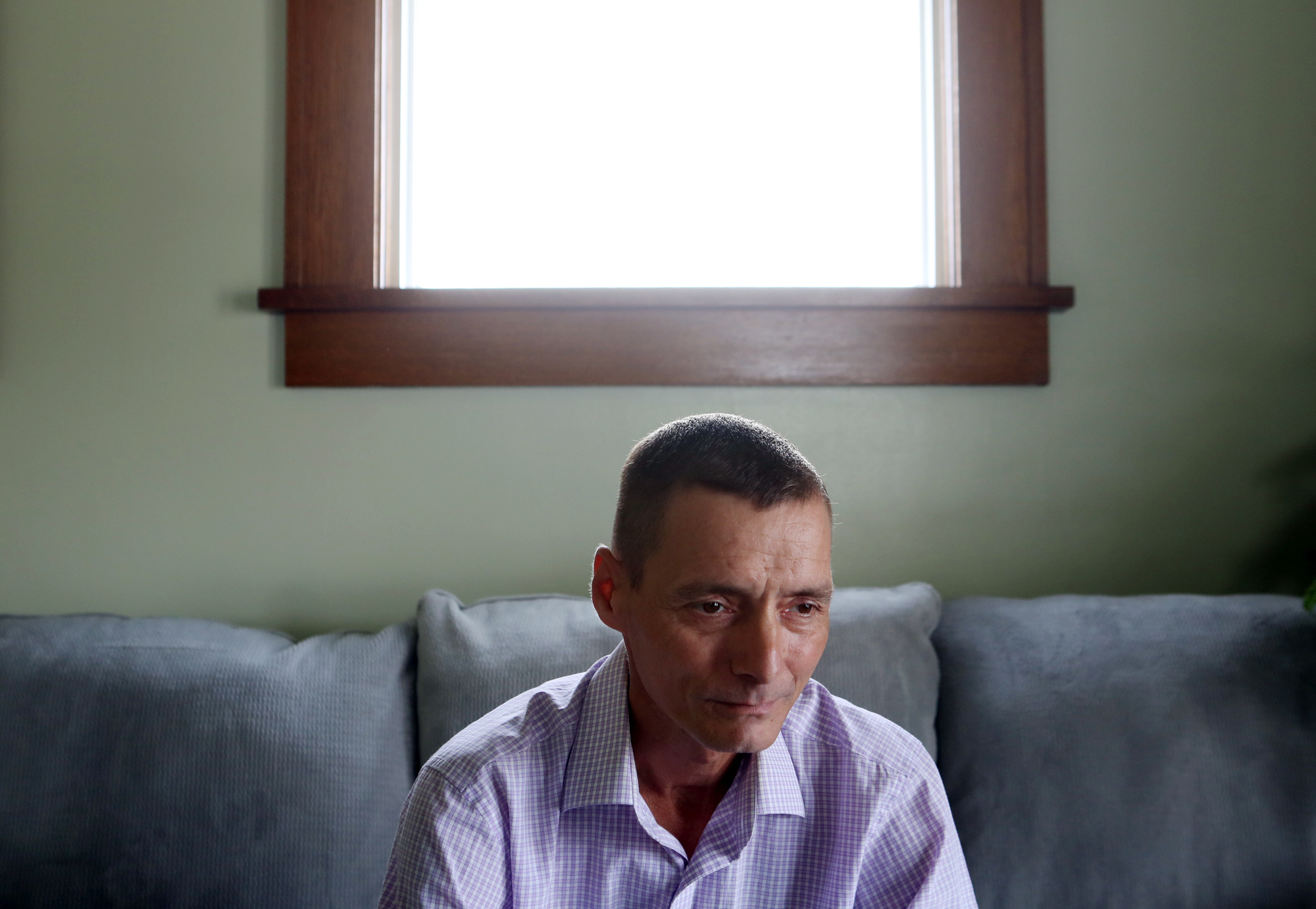
PART 5 | The survivors
Suicide destroys more than its victim.
It rips into the lives of those left behind. Families, friends and witnesses agonize over questions that have no answers.
Some blame themselves. Some wrestle with what more they could have done. Most struggle to move on.
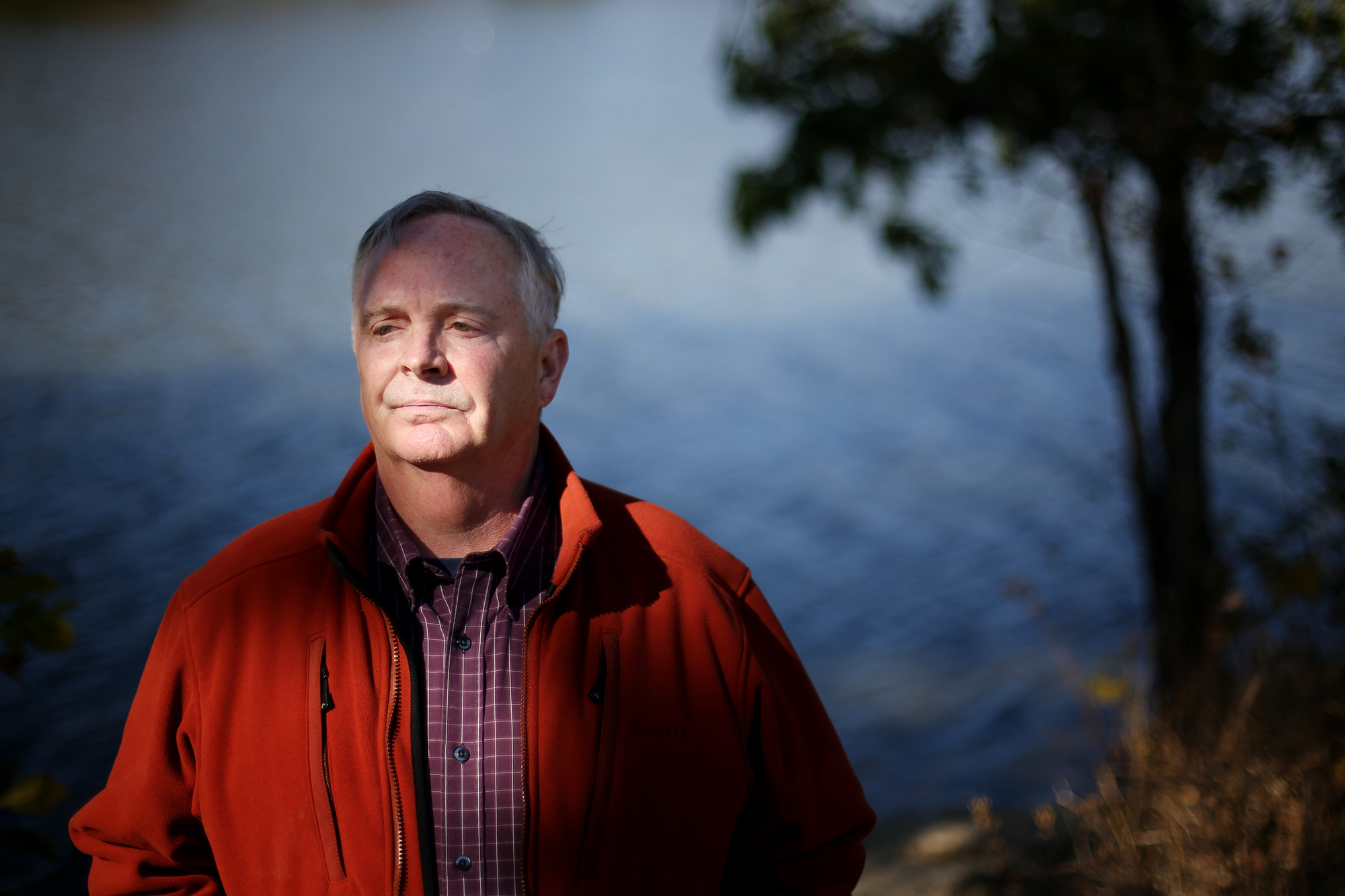
PART 6 | The healing
Before they began healing others, they had to escape their own despair.
Jeff Cooper sat alone on Christmas Eve, glancing between the gun on the table and a photo of all he had lost. Divorce was taking his wife and five-bedroom home, and suicide had claimed his son about two years earlier.
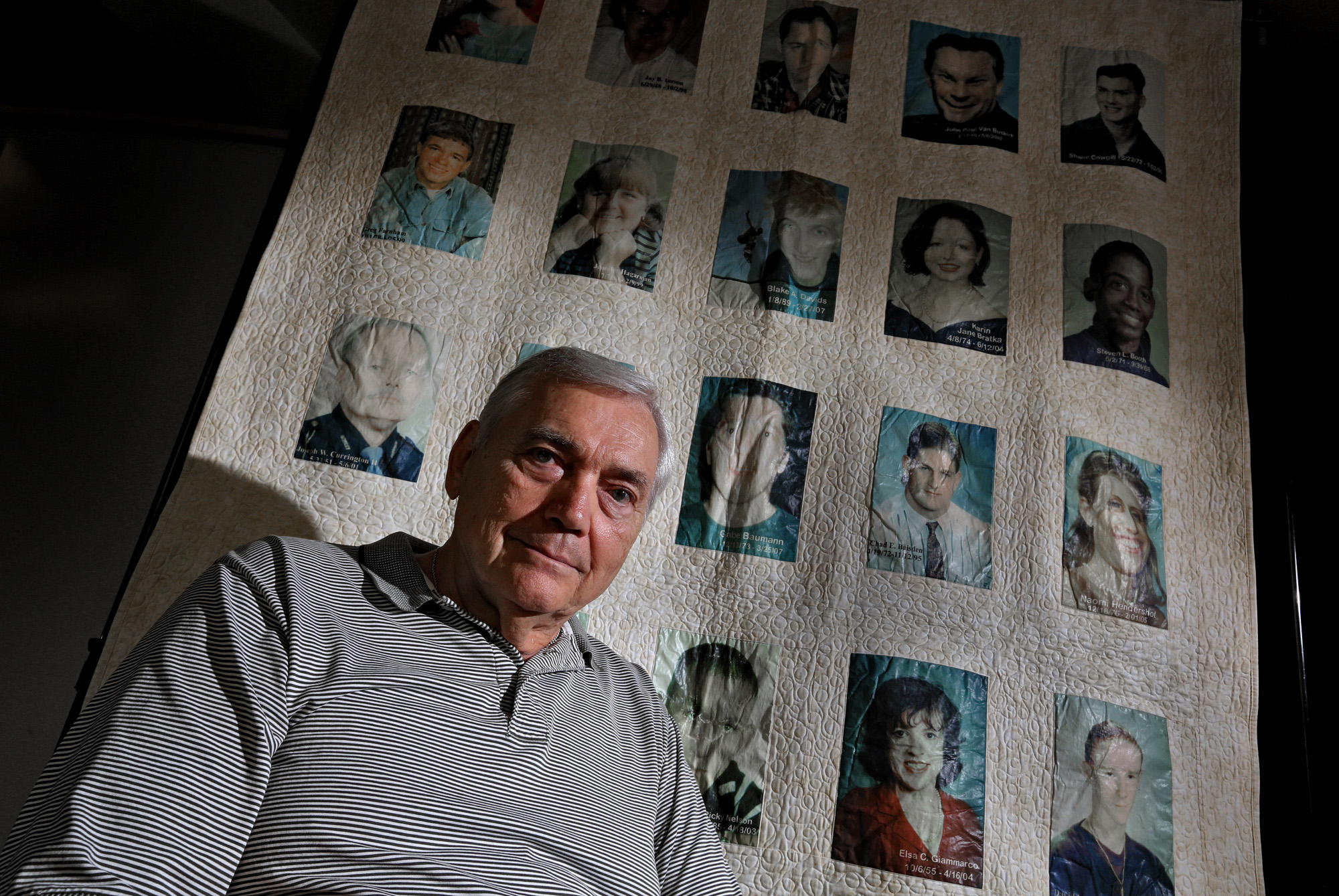
Dispatch community forum
About 300 people attended a community forum at the Ohio Union on Monday evening to discuss suicide and how to help people who are considering ending their own lives. The forum comes on the heels of a six-day Dispatch series on suicide called “Silent Suffering.”
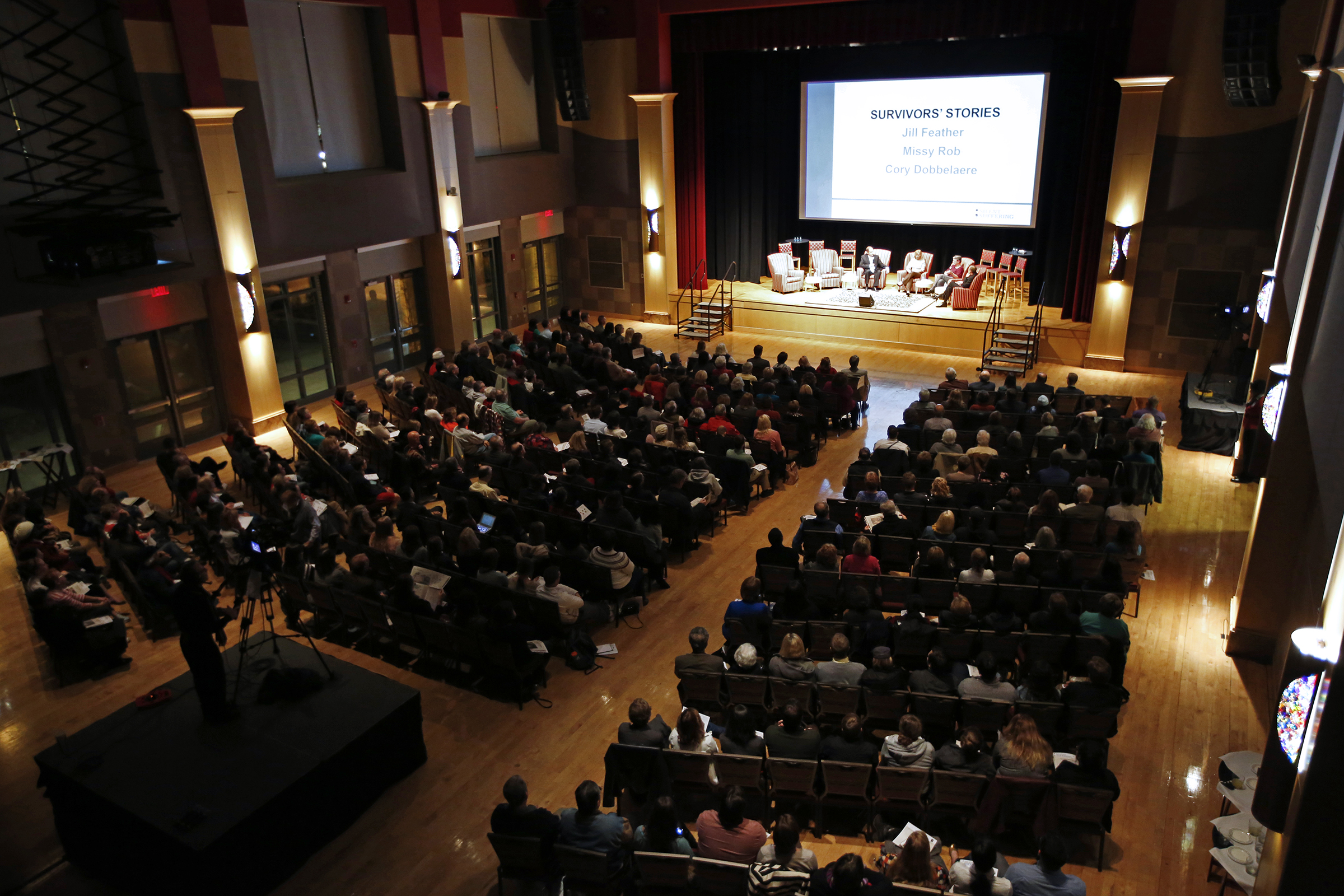
Alan Miller commentary
As a kid, I remember hearing my mom on the phone with her younger brother, my uncle: “David, tell them you’re going to kill yourself. It’s the only way they’re going to admit you. And you need to be admitted now.
